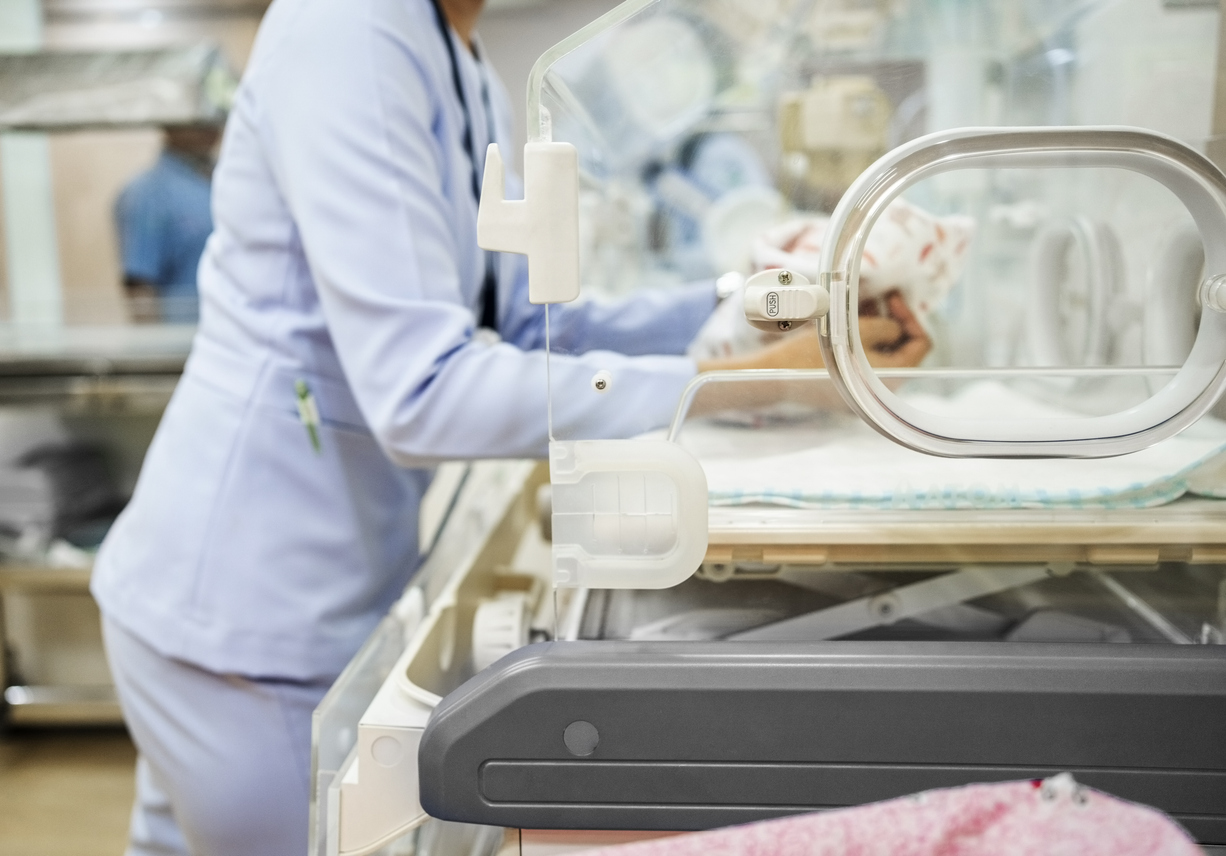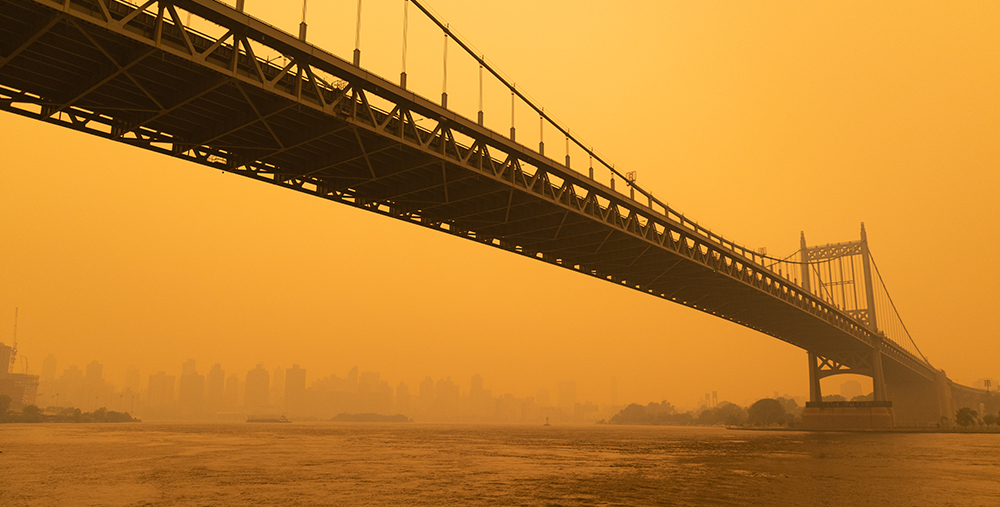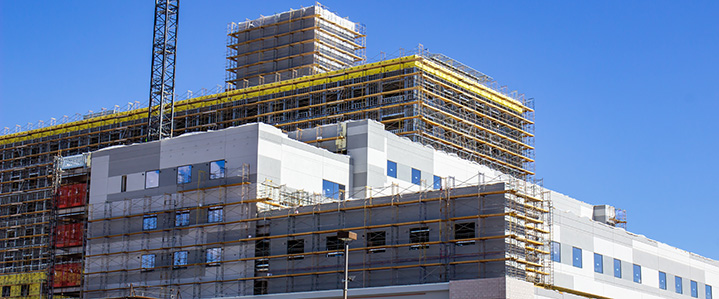5 Emerging Concerns in Indoor Environmental Quality

On average, Americans spend 90 percent of their time indoors — and the quality of their indoor environment can have significant effects on their health and well-being. Since indoor concentrations of some pollutants can be as much as five times higher than outdoor concentrations, indoor environmental quality (IEQ) should be a top concern for everyone.
With new research and a changing environment, the top concerns in IEQ have evolved over the years. Understanding and controlling emerging and common pollutants indoors can help reduce the risk of indoor health concerns. Here are five emerging concerns you should be aware of and consider taking action on to resolve:
1. Allergen Cross-contamination
With open-concept offices and shared workspaces becoming more popular in the corporate world, employees are potentially put at an increased risk for allergen cross-contamination. Consider this: an employee with a cat sits at a shared desk one day and unknowingly brings cat allergens to the office on their clothes. Later that week, a different employee uses that desk, and they happen to suffer from a cat allergy. Unknowingly, by sharing a desk with a person who has a cat at home, they have exposed themselves to an allergen.
However, with specific controls in place to mediate this problem and protect employees with allergies, managers can help minimize cross-contamination. Testing can determine the specific allergens that may be a problem and a regular cleaning program, combined with designated allergen-free workspaces, can help create a healthier work environment for everyone. Organizations that allow pets in the office place may also need to consider a similar approach to prevent allergen exposure and cross-contamination.
2. Increasing Rate of Legionnaires’ Disease
Between 2000 and 2017, the number of Legionnaires’ Disease diagnoses grew by 5.5 times. While it isn’t known if this increase is due to further awareness and testing, an increased susceptibility of the population, changes in the environment, or a combination of factors, the fact remains: Legionella bacteria is a serious — and preventable — danger.
While healthcare facilities face the strictest regulations, Legionella bacteria growth can be a risk in any building with a complex water system. Recently, a hotel in Atlanta faced an outbreak that resulted in one death and numerous illnesses. CDC investigations show that 9 in 10 Legionnaires’ disease outbreaks were caused by problems preventable with more effective water management. That’s why having a proactive, comprehensive water management plan in place for prevention and regular sampling is essential for reducing and controlling your risk. Preventing Legionella with a proactive plan is far easier and less costly than decontaminating a building once it has already been affected.
3. Combustion Byproducts
If your building is impacted by a fire — either in your facility or nearby — the byproducts from the combustion could be affecting the health of the building inhabitants. Even if inside surfaces appear clean, there could be hidden chemical compounds from the soot, char and ash on surfaces and in the air. Further, these byproducts can find their way into the heating, ventilating and air conditioning (HVAC) systems and inside the floors, walls, and ceilings of your building, so it can be challenging to visually tell whether or not the indoor environmental quality in your building has been affected.
Depending on the details of the fire — how things burn, what burns and at what temperature — certain byproducts of the fire that may irritate your eyes, nose, or skin and cause coughing and other health effects could be present on surface areas and in unseen parts of your building. Fortunately, advanced testing methodologies and laboratory technology can support the remediation process and help determine whether or not a space is clean or contaminated, allowing building owners to feel confident in the health of their building.
4. PCB Awareness
Polychlorinated biphenyls (PCBs) are man-made chemicals that were used in building products — such as window caulk — prior to their ban in 1979. In older buildings, most likely built between 1950 and 1979, the existence of PCBs can pose a threat to the nearby soil and storm water systems as the materials degrade. PCBs can also volatize and become airborne. With repeated exposure, PCBs can cause increase risks for skin disorders, neurological issues, liver damage and potentially even cancer.
Because of this serious and emerging concern, building owners and managers need to be aware of the risks, especially during planned construction and renovations. This is also of particular concern for colleges and universities because according to the U.S. Census Bureau, more than $335 billion worth of private and public education buildings were constructed during this time.
PCB materials need to be disposed of properly and building occupants need to be protected to avoid increased exposure or environmental issues. An experienced environmental consultant can help you create a plan to remediate potential PCBs, as well as include PCB testing in routine building assessments for asbestos, lead and other hazardous materials.
5. Elevated Levels of Carbon Dioxide
Carbon dioxide is a well-established marker used to evaluate ventilation rates in buildings. In the past the carbon dioxide itself has not been considered an indoor environmental quality contaminant, but emerging research has started re-examining that assumption. Recent research has shown that carbon dioxide concentrations were independently associated with cognitive scores. When workers were exposed to higher levels of carbon dioxide, their cognitive functioning scores went down. These findings are especially important for workplaces where cognitive function and clear decision-making are essential to performance. In addition, as outdoor concentrations of carbon dioxide are increasing, the indoor concentrations need to be monitored and analyzed more carefully to ensure proper ventilation is maintained.
Ventilation problems and increased carbon dioxide concentrations can also arise when building owners are incorporating energy saving changes (such as reducing ventilation) that, while achieving a reduction in energy, may do so at the expense of indoor environmental quality if not conducted in an inclusive manner.
Why Proactive IEQ is Important
Current research shows the significant impact of indoor environmental quality on human health and worker productivity. Consequently, the public is more informed and putting added pressure on employers to provide a healthy work environment. It is critical for building owners and managers to understand how changes to the work environment, or events such as a nearby fire, may impact the indoor environmental quality and ultimately occupants.
Often, we don’t realize just how impactful poor IEQ can be until it begins to visibly affect our health. IEQ issues cannot be ignored – the longer you wait, the harder it is to address and the more expensive it becomes. Occupants will lose faith in the building and in their organization.
The best way to get ahead of these potential IEQ concerns is to enlist the help of an expert who can help you anticipate issues and implement controls before they become a problem. By taking tangible, proactive steps to improve the indoor environmental quality in your building you can ensure occupants are safe, comfortable, and able to function at an optimal level.
If you have concerns about the indoor environmental quality in your facility, contact us to speak with an expert.
Subscribe
to our blog
"*" indicates required fields




